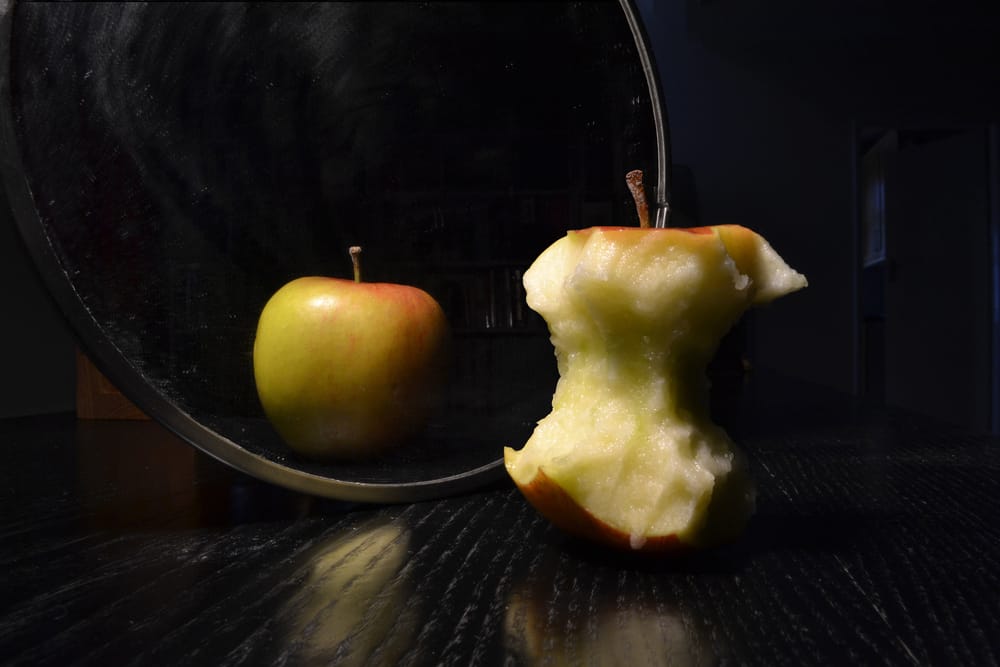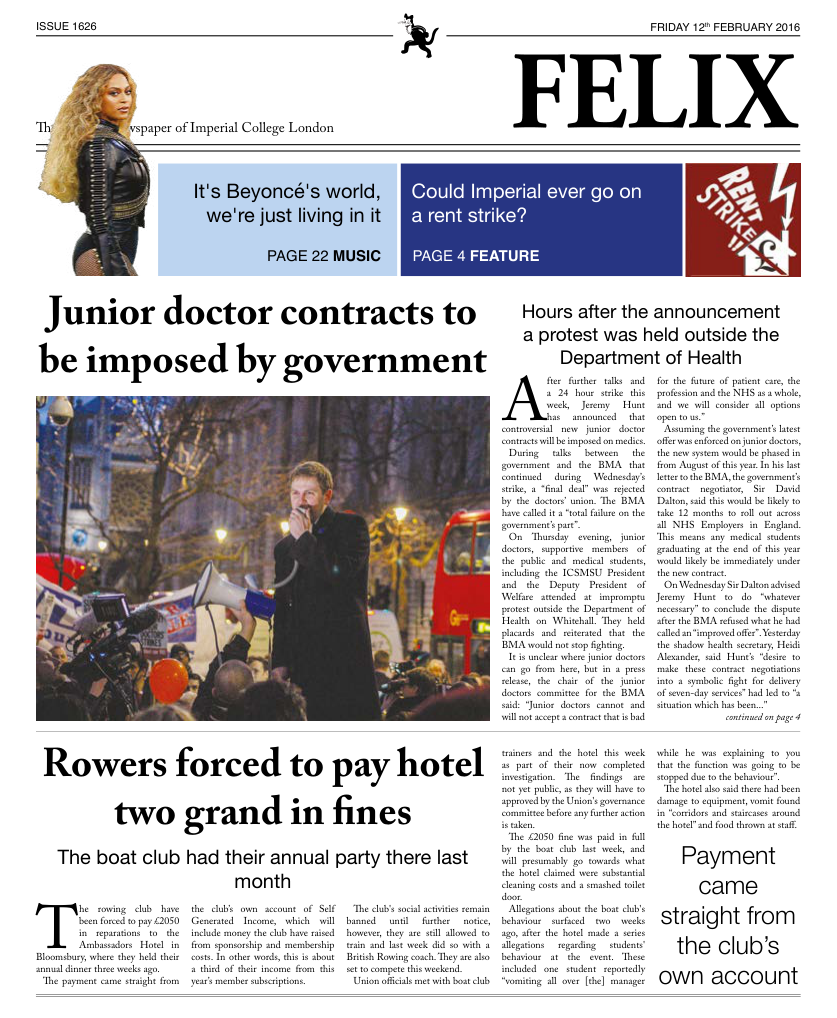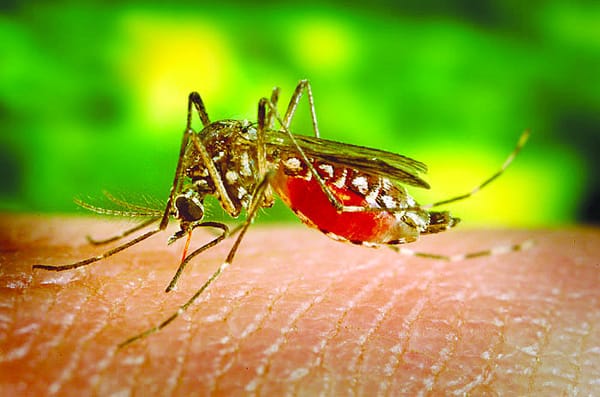The neurobiology of Anorexia
A glimpse into the calorie counting culture promoted by fitness apps

It’s amazing how science can be so fiercely intertwined with a topic as contentious as dieting. The relationship between the two became evident when I attended the past weekend’s most anticipated brainy event – the London Students’ Neuroscience Conference 2016. It heralded a most intriguing symposium on mechanisms of psychiatric disorders, with a special focus on Anorexia Nervosa.
Anorexia is predisposed by certain character traits such as perfectionism and obsessive habit rigidity. Thinness is heralded as the essence of substance – the sad but true irony ingrained in the mindsets of those affected. It is indeed true that these traits may be labelled as inherent, but not many of us are aware of the danger of their development following what would initially seem to be a perfectly innocent, healthy approach to losing weight.
We’ve all experienced the common scenario of having a friend (or yourself) wanting to be healthy. You start exercising more and eating healthier, understanding the nuances of maintaining a healthy lifestyle. It’s all well and good, until the very thing you use for self-betterment – Google’s myriad of resources detailing every nutritional aspect of each food that touches your lips – turns around to stab you in the gut. The sheer volume of information we have at our fingertips is also our biggest enemy when it comes to treatment of psychiatric disorders.
The neurobiological changes initiating anorexic behaviour in patients are enhanced by apps, such as myfitnesspal; apps which many dieters rim with halos. So what is the problem with logging every calorie ingested and every gram of fat tallied? Focus is transferred from maintaining health to counting calories. Everything essentially becomes a vicious numbers game. One ends up choosing a small piece of candy over an avocado just to fit into an appropriate intake. That piece of toast with butter and jam goes from being breakfast to half a day’s intake, to toast without any butter and jam, to simply an item with an invisible, paltry calorie count plastered on its surface. Only numbers rule. The anorexic is trapped in a formidable, monstrous world of counting. Nutritional balance is impaired; restriction takes its place as the norm.
This rigidity knocks kinks into the typical human reward circuitry systems. These are mainly located in the ventral striatum – a major part of the basal ganglia, controlling the reward system – and orbitofrontal cortex –0 a prefrontal cortex region involved in decision-making. The more one loses weight, the thinner one gets, and it is this thinness that activates higher ventral striatal activity in acute anorexic control patients. This invokes an increased ventral striatum response. Over time, neural connections are further disrupted, compulsivity and obsession over intake and outtake are expatiated. Whilst people of normal weight gratefully succumb to the occasional chocolate-studded muffin, in anorexic patients, food reward is perverted towards low energy dense foods, with fMRI scans showing increased frontal pole activity when shown high-calorie food pictures, displaying greater aversion to them. This impaired balance interrupts interoceptive pathways, and guess what serves only to trigger this inappropriate lusting after ‘safe’ foods all the time, instead of giving in to the occasional cupcake? Yes, that dieting app which helped you drop the pounds in the first place, convincing you that the lower the number, the better.
It is important to note here that recent studies have confirmed that even calorie counts are simply mere guesses at best; hindered by individual differences in gut flora, food intolerances and environmental stimuli. Hence, we are better off without the constant stressing over numbers. After all, the human brain has evolved to preserve space for so many other more important things.









